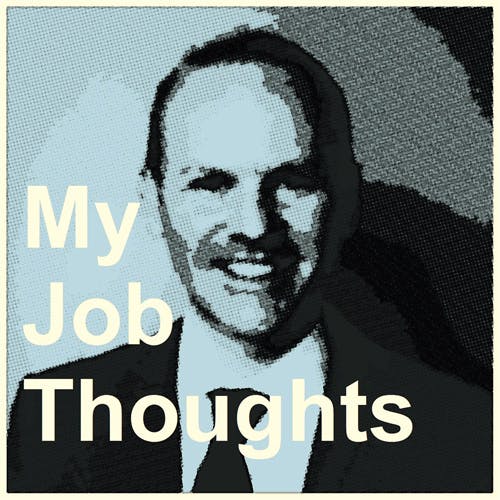In more 10 years in the staffing industry in various operational, managerial, and corporate roles and in different countries, I have interviewed, coached, and trained hundreds of recruitment consultants from all over the world. Though local differences must be taken into consideration, the characteristics that make you a top performer in Salt Lake City also work in Singapore or in Paris. Based on what I saw, heard, and learned, here is my quintessential list of the 5+1 habits that make a top-performer in any economic cycle or market:
- Work close to the money: We work in an environment where priorities can change many times during the day. One call from a customer saying the job is filled or one email giving us a new job order can change how we spend our time from one second to the other. “Close to the money” is probably the best indicator that will tell you if you are currently working on a) the right things and b) in the right order. Constantly ask yourself, “What am I doing right now and will this action get me a bonus?” Think in a binary way: When the answer is “yes,” this means “yes”; “no” is “no”; and “maybe, not sure” is “no.”
- Stick to the knitting: Focus on your core jobs and core markets. It is here that you can make a difference It is where you have the expertise you need to succeed, and the most credibility with your client and candidate. Don’t lose focus as it will most probably not work out. In my career, I have placed approximately 350 candidates, but whenever I accepted a non-core job (“Well, this is not really my expertise but I can try that as you are such a good customer”), I failed.
- Look for a) similarities and b) inconsistencies: Some candidates are lying to us. The “safety net” I use is what I call the “Lieutenant Columbo technique.” In one episode, Columbo says, “I always ask the same questions — but I often get different answers.” Make this technique yours by asking the same question again throughout the process. If the answers are different (often on the last salary or the reasons for leaving), this can mean that the candidate is not telling the truth.
- Create a sense of urgency: Time kills all deals. It will always work against us. I see too many recruiters who are reluctant to set deadlines for their clients. Yet: we are paid to deliver a result. Always go for a close. Explain why: “Mary, my candidate is very committed, but there are other jobs around. We do not want to lose her, do we? Whatever date your client suggests, shorten the process. When your client says, “I can see your candidate Friday PM,” answer, “Great, and what about Thursday AM?” If your client suggests, “I will have a look at the resumes and call you back,” respond, “Good, thanks. When will we talk again? If you don’t call me by the end of this week, I will call you.”
- Control your business or your business will control you: Surprises are a good thing for a kid’s birthday party. They are nasty in our business. You must be the one who drives the process, the client, and the candidate. You should be the one calling up the candidate to fix interviews, ask feedback, and make the job offer. Did you ever pay $10,000 or $50,000 or much more for a service? I did not, and yet this is what our clients pay. Do not ask your client, “This is what I suggest. Is that OK for you?” You decide the process and not the client. Asking your client to confirm the process is as if you order a $70 and the chef comes to your table to ask how to prepare it.
Bonus Best Practice
Don’t over complicate the business: Peter Drucker says: “Successful leaders (and successful recruiters too) don’t ask ‘What do I want to do? ‘They ask, ‘What needs to be done?’” Make this philosophy yours. Don’t ask too many questions, but do what has to be done to get the dollar in. Call and meet people in your core business and core market, talk to them, and ask what you can do for them, and what they can do for you. Understand what makes them tick and how you can add value.
Do it once. Do it again and again and again.
